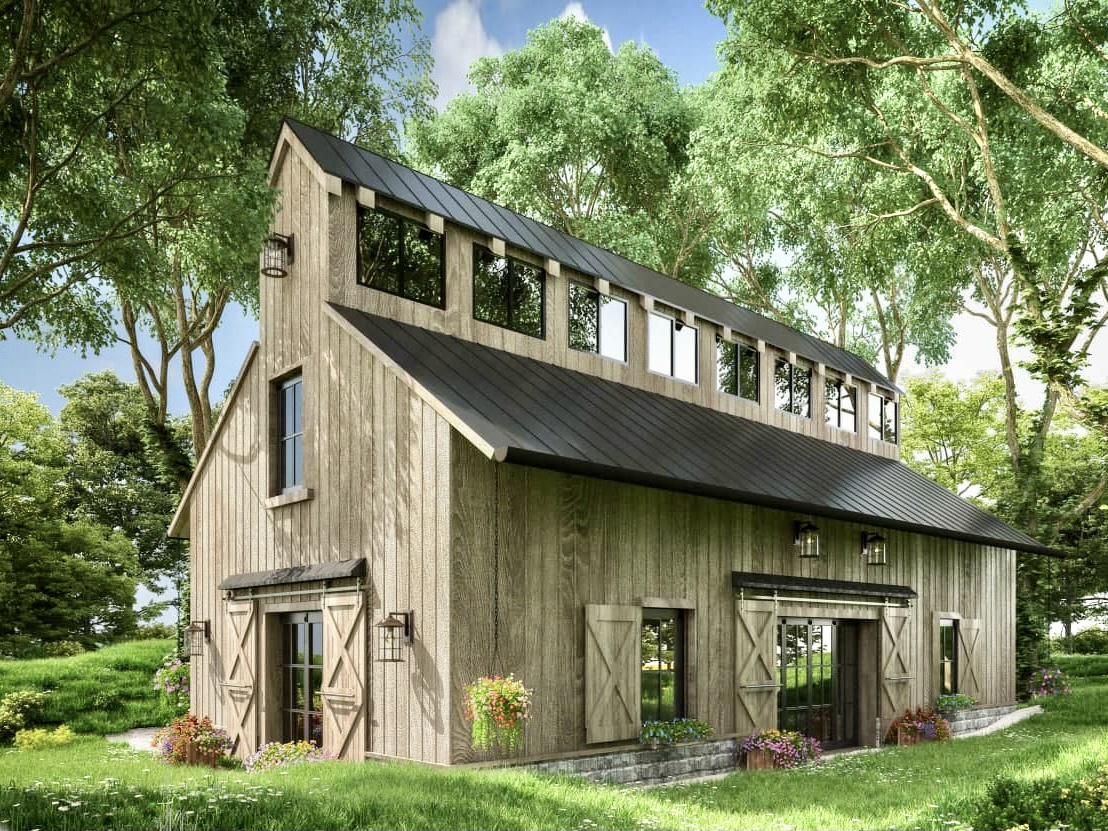
The 21st century is defined by sustainability, encouraging ecological awareness and an eco-friendly lifestyle. With the rise of this go-green movement, the concept of sustainable architecture has become popular and is now commonly discussed. In the construction phase, the use of natural and organic materials, conscious recycling of construction waste and saving energy at construction sites are being implemented as part of this environmentally friendly movement. Not just limited to the construction phase, the pre-construction and design process is also imbibing sustainability through the spectrum of tools offered by visualization today.
This term sustainability is not only limited to the environment, but also concerns the efficient use of time, energy, resources and money. Keeping that in mind, there are multiple ways in which 3D visualization aids architects and designers to do their bit in being sustainable. High quality digital 3D renderings help the designer and client to save cost and time. This encourages architects to use renderings for the communication of their design and ideas.
3D visuals allow one to view and experience a space before it is built. There are usually many options and concepts for any project. A high quality 3D rendering can quickly and effectively show project managers and clients alike what different design options will look like.
The visualization process is resource and energy efficient since it involves creating high quality 3D renderings and building the project virtually using actual design data. This results in finding potential design flaws that may be lost during typical quality control. Being able to view and change design elements pre-construction allows one to save time on the overall project as well as save on resources being wasted in the construction phase.
Overall, 3D renderings are transforming the AEC industry for the better. Visualization makes the architectural design process sustainable by cutting costs and preventing delays, while efficiently catering to the client's needs. Projects are now getting executed faster and with minimum errors, resulting in cost-efficiency and sustainability. With 3D rendering technology rapidly expanding into 3D printing, Augmented Reality & high quality Virtual Reality, it is exciting to see the capability technology brings with itself in terms of sustainability.
For those looking to make their projects and practice more sustainable, the use of 3D rendering is the solution. At Quickviz, we use cutting-edge digital tools that can help you improve your green designs even further and present them in an efficient manner.
Have a project in mind? Please reach out to us at studio@quickviz.com
© Quickviz 2022. All rights reserved.